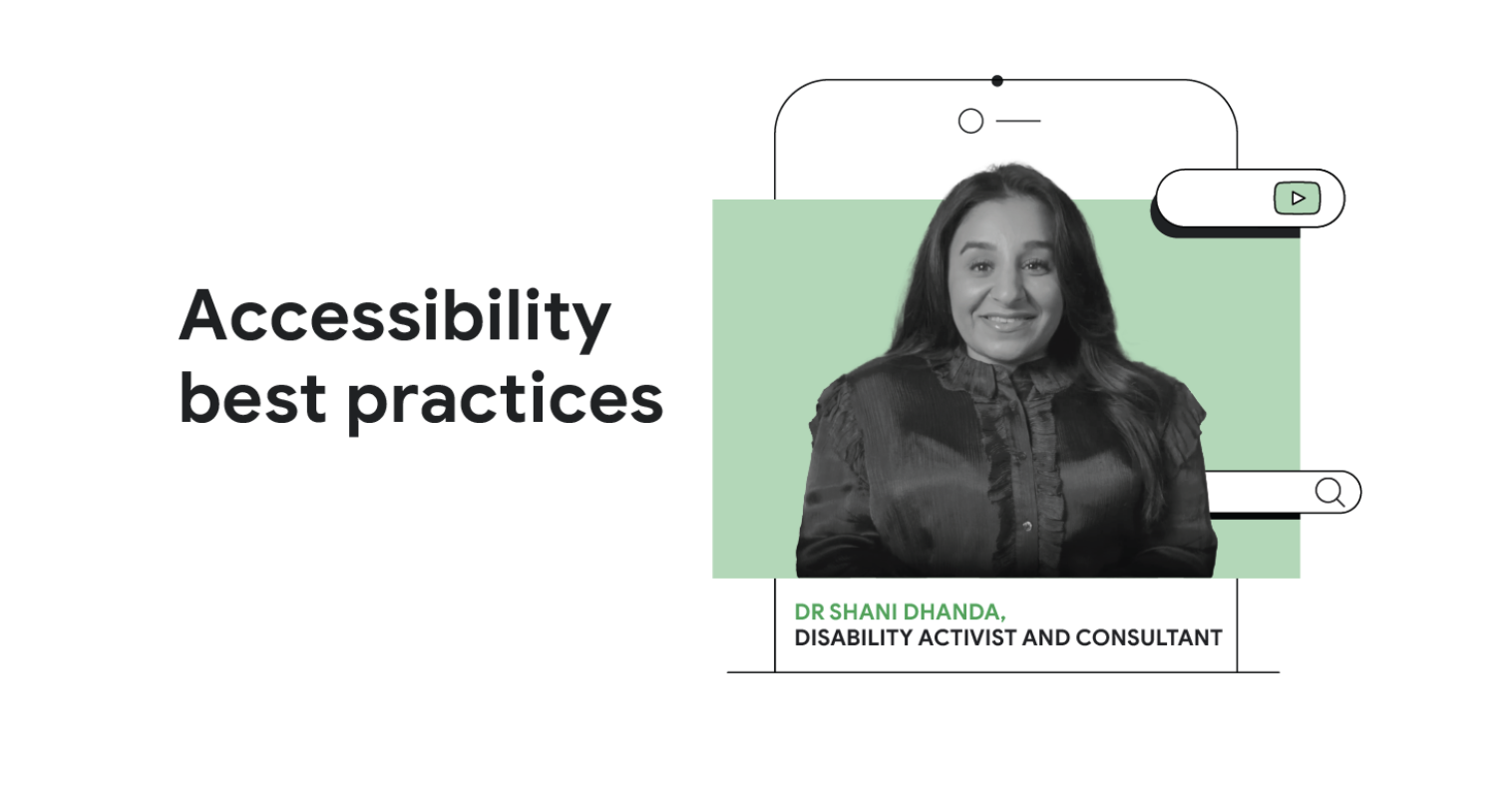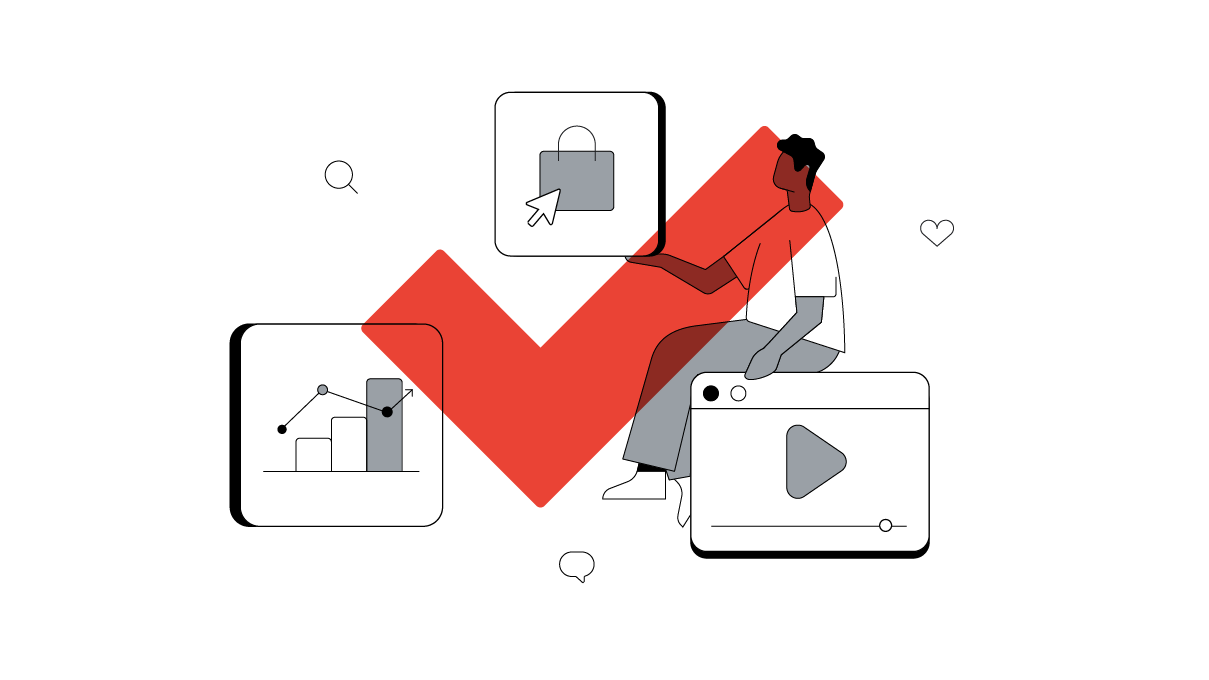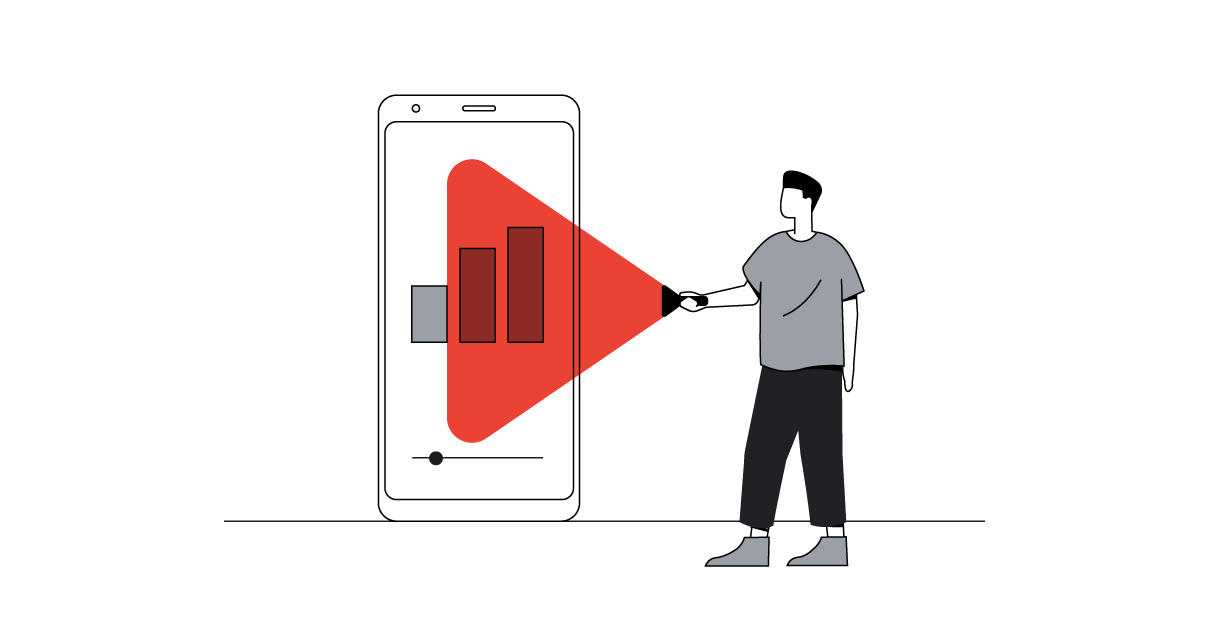Meg McFarlane is U.K. programmatic manager at global advertising company, dentsu. She is responsible for implementing, managing, and optimising its client Oak Furnitureland’s programmatic campaigns.
How often do you buy a sofa? For most people, it’s a once-in-a-decade investment or when they move homes. This purchasing behaviour puts pressure on sofa retailers to find a consistent stream of new customers.
British furniture retailer, Oak Furnitureland, had an added challenge. Their business, historically known for its hardwood products, has evolved significantly in recent years to offer a “whole home” range. But as Tom Rees-Evans, Oak Furnitureland’s head of media, says: “Many shoppers just weren’t aware we also sell sofas.”
At dentsu, our aim was to boost awareness of the brand’s sofa range and shift outdated perceptions of its offering in the process.
YouTube was already a key channel in Oak Furnitureland’s media plan, driving incremental reach on top of its TV campaigns. But we knew there were efficiencies to be made. To help our client find more sofa customers at the lowest possible cost, we put YouTube’s latest AI-powered solutions to the test.
Driving awareness in a competitive space
YouTube is where U.K. viewers tune in for DIY and home decor content, making it an opportune space to advertise,” says Rees-Evans. “Buying a sofa is an important decision for shoppers — and we know they consider multiple brands. In order for our ads to resonate, we needed to maximise the number of consumers seeing our content. This helped our brand become top of mind for people considering which retailer to buy from.”
Running one campaign instead of two ensured our in-stream and bumper ads didn't get in the way of each other.
However, Oak Furnitureland’s existing set-up was holding it back. We were running separate campaigns for non-skippable in-stream ads and bumper ads, manually adjusting budgets and audiences for each format. This was both time consuming and costly; as the buying was done separately, the different ad formats were competing against each other.
Most importantly, it meant people were often either overexposed or underexposed to Oak Furnitureland’s ads, ultimately leading to inefficiencies and wasted ad spend.
Finding the optimal ad mix with AI
Video reach campaigns appealed as they enable advertisers to create one single campaign across ad formats and automatically optimise delivery of in-stream ads, bumper ads, or a combination of both, towards specific business goals. Advertisers can choose between “efficient reach”, to attract more unique users at a lower cost, or “target frequency”, which maximises unique reach while driving higher weekly frequencies.
With AI doing the heavy lifting [..] the team has had more time to explore new levers for improved performance.
The dentsu team set up a one-month test to evaluate the performance of the “efficient reach” tactic with our brand audiences. Where in the past we’d have to do a lot of guesswork to determine the ideal rotation between in-stream and bumper ads, we now let the Google AI decide how often each ad was shown and to whom. This personalised media mix is based on user profiles, taking into account factors such as demographics, interests, and videos watched.
The initial insights gained from the video reach campaign enabled us to refine our approach to brand campaigns and better understand specific audience preferences on YouTube. For example, we know that recently married people are more likely to watch an Oak Furnitureland video than, say, someone who's interested in documentaries.
Less heavy lifting, more reach
The real surprise from the test campaigns was the strength of the results: a 36% increase in unique reach, while running one campaign instead of two ensured our in-stream and bumper ads didn't get in the way of each other. This led to a 45% drop in cost.
Oak Furnitureland’s view-through rates have improved, too, with a 30% higher average impression frequency per user. And as the AI ensured we delivered our creatives as efficiently as possible without overwhelming users, campaign effectiveness went up by 3.6% absolute lift in favourability – the highest brand lift results for the retailer so far.
It helped that we had already created strong creative assets to start with — and we kept some elements, such as frequency caps, under manual control to ensure we were not overwhelming or under-serving our audience. But when it comes to driving unique reach, AI has proved a game changer.
Oak Furnitureland are now using video reach campaigns for all their brand activity on YouTube. With AI doing the heavy lifting at both the planning and execution stage, the team has had more time to explore new levers for improved performance — from creative innovation to acting faster on insights.
“With AI, experimentation is crucial,” says Rees-Evans. “From the beginning, there was a willingness from all involved to embrace new formats and learn from any mistakes. There’s still work to be done, but we now have a solid foundation to build on.”







